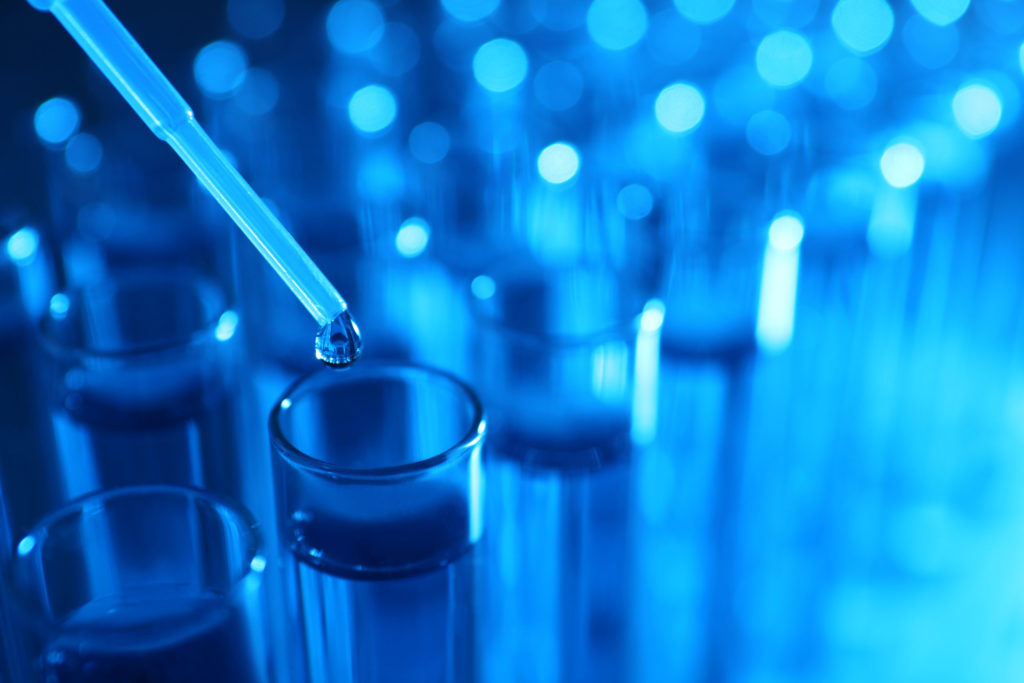Ban Germ-Line Genetically Engineered Babies
Originally published at National ReviewWhen a scientist in China proudly announced the birth of the first germ-line genetically engineered babies — meaning the alterations would flow down the generations — there was a firestorm. But notably, despite the screaming and arrest of the scientist by China (as if the authorities in the great tyranny didn’t know what he was up to), nothing was done to legally prevent other researchers from using the CRISPR technique to genetically engineer embryos and/or bring them to birth.
Voluntary guidelines continue to be the watchword, which, as the old saying goes, are worth the paper they are written on. So, experimentation on germ-line genetic engineering in embryos has continued.
Now it appears that using the CRISPR genetic-engineering technique is profoundly unsafe for the future health of any baby born after such manipulations were conducted. From the One Zero story:
“There’s no sugarcoating this,” says Fyodor Urnov, a gene-editing expert and professor of molecular and cell biology at the University of California, Berkeley. “This is a restraining order for all genome editors to stay the living daylights away from embryo editing.”
While the embryos were not grown past 14 days and were destroyed after the editing experiment, the results provide a warning for future attempts to establish pregnancies with genetically modified embryos and make gene-edited babies. (The findings were posted online to the preprint server bioRxiv on June 5 and have not yet been peer-reviewed.) Such genetic damage described in the paper could lead to birth defects or medical problems like cancer later in life.
This brings us right back to the same controversies that flared over embryonic-stem-cell and human-cloning research. There are at least three macro issues.
- The morality of using human embryos as the moral equivalent of seed corn for manipulative experimentation. The science community and bioethics movement generally give a fig about that, seeing human life as having no intrinsic value simply because it is human. But many of us do. This question needs to be addressed.
- The safety question. Most scientists and bioethicists do care about that — but not enough to focus on an enforceable legal moratorium on bringing genetically altered babies to birth, much less pausing embryo research so the ethics and safety issues involving human genetic-engineering research can all be sorted out in the democratic sphere.
- The potential to use these technologies — such as multi-parent embryos and cloning — to destroy family norms. That is something of a third rail, but we shouldn’t be intimidated by the screechers against engaging that debate as well.
Despite the storm warnings, we just drift along. The media all but ignore the issue. “The experts” wring their hands at symposia and then go out to dinner. Government leaders remain silent. It is an abdication of duty.
But biotech is not like the weather. Things can be done — if we just had the will to give the world time to ponder the best path forward. To start, we could enact meaningful regulations, such as refusing patent protection of any germ-line genetic-engineering technique and the embryos thereby manufactured in human beings. Governments could impose a legally binding moratorium on CRISPR and similar research in human embryos — while outright banning bringing germ-line-engineered babies to birth.
We almost certainly won’t. Our refusal to forthrightly tackle the vexing questions about how to harness the benefits of biotech — without also opening many safety and moral Pandora’s boxes — illustrates the cowardice of our age.
